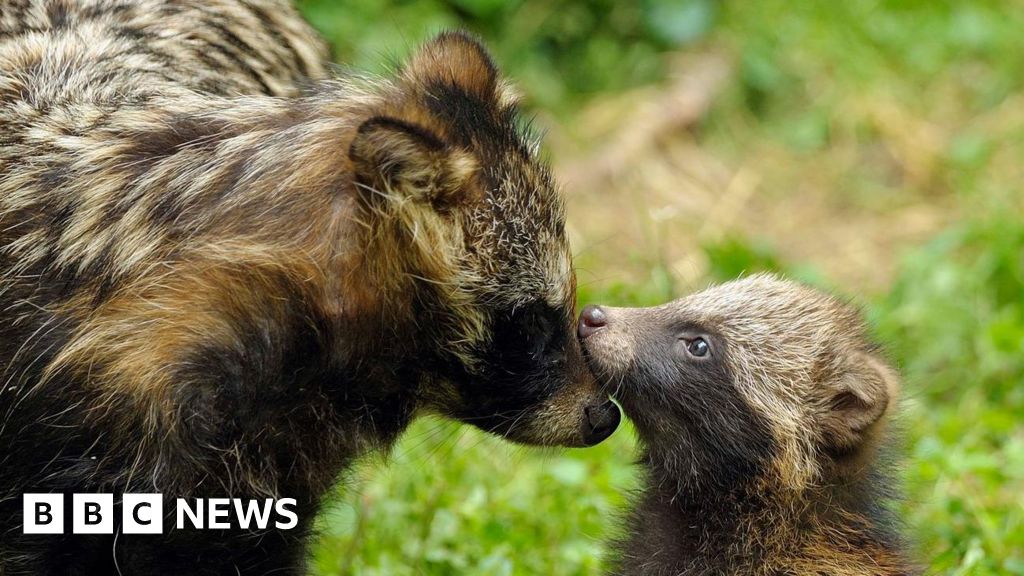A team of scientists say it is “beyond reasonable doubt” the Covid pandemic started with infected animals sold at a market, rather than a laboratory leak.
They were analysing hundreds of samples collected from Wuhan, China, in January 2020.
The results identify a shortlist of animals – including racoon dogs, civets and bamboo rats – as potential sources of the pandemic.
Despite even highlighting one market stall as a hotspot of both animals and coronavirus, the study cannot provide definitive proof.
The samples were collected by Chinese officials in the early stages of Covid and are one of the most scientifically valuable sources of information on the origins of the pandemic.
…
Their analysis was published last year and the raw data made available to other scientists. Now a team in the US and France says they have performed even more advanced genetic analyses to peer deeper into Covid’s early days.



Why does it have to be equally embarrassing? It just has to be embarrassing enough that they’d take steps to conceal it. Which they did. It doesn’t have to be the most embarrassing situation, just one of the ones that would spur them to act.
But they did shut it down and they did arrest people and they even seized and incinerated every animal at the market without taking samples or even identifying and logging the species.
On the other hand they didn’t shut down WIV, or really do anything to it at all.
It’s 8km away, across a river.
My point is they had a vested interest in the scapegoat excuse. The market is a mild embarassment compared to a possible containment breach. Not taking samples of the meat and cataloging everything actually compounds the scenario. Also if for example a CDC or USAMRIID site was ‘only’ 8 km away from an outbreak of a disease they were studying, it would trigger a full on investigation and full genetic comparison. Also they would be looking at any scientist as a vector. People live near where they work. Someone accidentally exposed could easily carry out daily activity in the vicinity while contagious.
Ok, and I asked you why that matters. And you haven’t said.
Well, but no, it doesn’t. For instance the CDC’s Enteric Diseases lab is in Atlanta, Georgia; it hosts the largest tissue collection of foodborne disease isolates in the world. If you were ever hospitalized for listeriosis in the United States, a sample of your disease isolate is probably located in a freezer there.
And also people periodically get food poisoning from Atlanta restaurants. About 12 a year, let’s say.
So every one of those food poisoning cases happens within 8 km of the largest food poisoning lab in the United States. Do you know how often they investigate whether the isolate leaked from the CDC lab?
Literally never. Not ever. Because there’s no reason to, because people getting a disease near where the disease is studied is not statistically significant in any way.